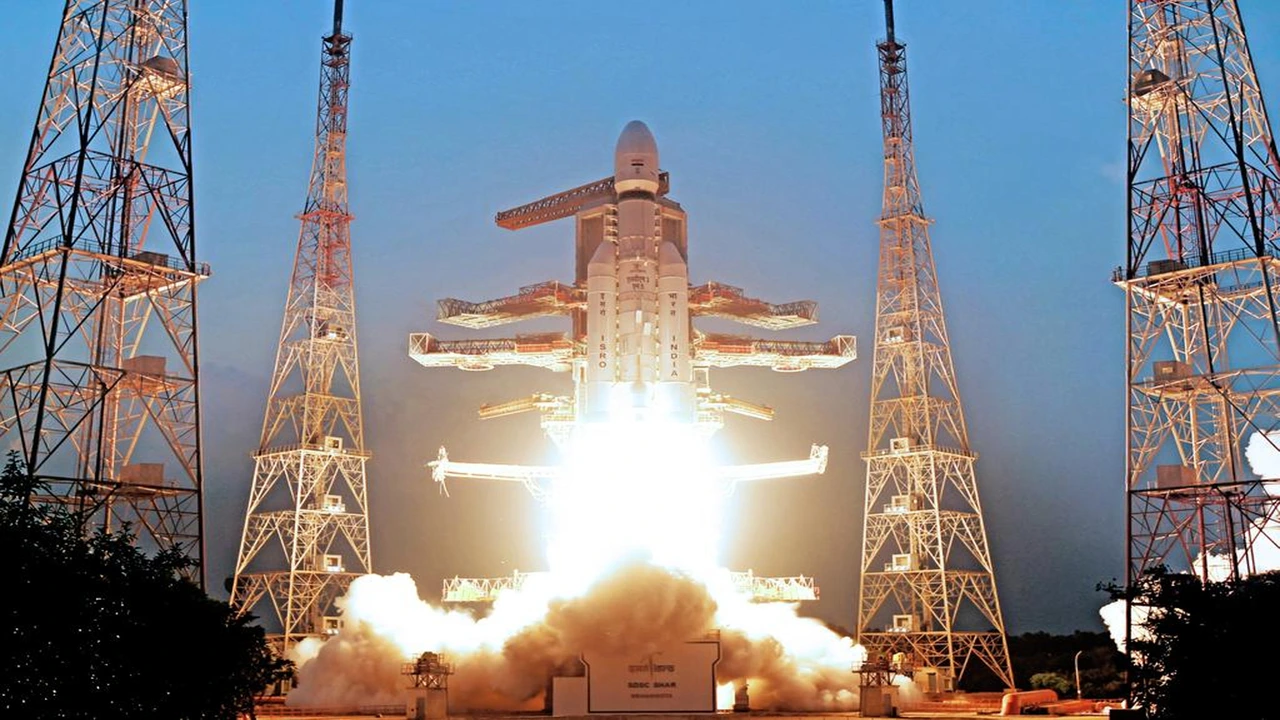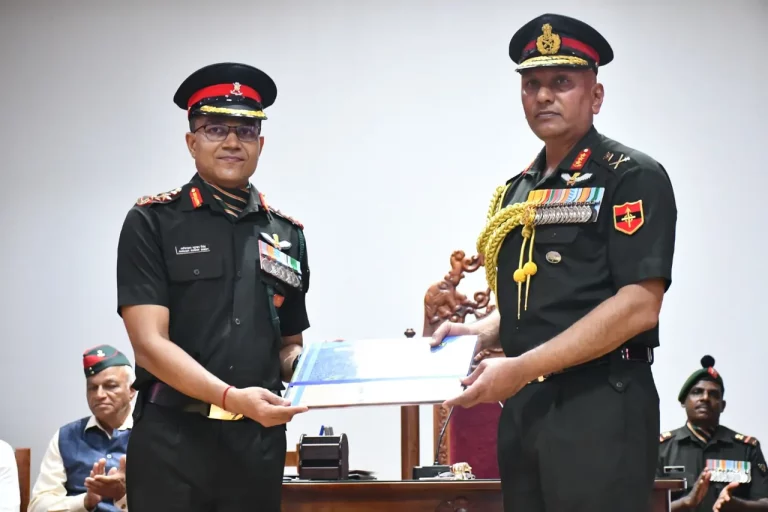In a significant advancement for India’s naval communication capabilities, the Indian Space Research Organisation (ISRO) has successfully launched its most powerful communication satellite to date, GSAT-7R (CMS03), from the Satish Dhawan Space Centre in Sriharikota. This mission took place aboard the LVM3-M5 rocket, marking the fifth operational flight of India’s most robust launch vehicle.
Weighing in at a remarkable 4,410 kg, GSAT-7R was placed into a sub-Geosynchronous Transfer Orbit approximately 16 minutes post-liftoff. This mission also showcased a key technological achievement — the successful re-ignition of the cryogenic upper stage while in orbit. The satellite’s orbital placement achieved a perigee of 26,700 km.
GSAT-7R is set to replace GSAT-7 “Rukmini,” which was launched in 2013, and will serve as a critical communication lifeline for the Indian Navy. It aims to enhance connectivity across the strategically important Indian Ocean Region (IOR), reinforcing India’s maritime communication capabilities.
According to a Navy spokesperson, the satellite integrates a range of indigenous technologies specifically designed to meet its operational demands. “GSAT-7R represents our determination to safeguard India’s maritime interests through advanced, self-reliant technology,” the spokesperson noted.
The satellite’s advanced payload features multi-band transponders, which cover a spectrum of communication needs including voice, data, and video links across UHF, S-band, C-band, and Ku-band frequencies. This capability is expected to facilitate seamless and secure communication among naval vessels, submarines, aircraft, and Maritime Operations Centres, thus significantly enhancing India’s network-centric warfare capabilities.
M. Sankaran, Director of the UR Rao Satellite Centre, provided further insights, indicating that the satellite includes a 1,200-litre propulsion tank along with collapsible antenna systems. These features contribute to its extended operational life and efficient deployment. He confirmed that all systems were functioning normally and that the satellite is in good health.
ISRO Chairman V. Narayanan praised the team’s successful execution, emphasizing that the payload capacity of LVM3 was enhanced by 10% for this mission. He highlighted that GSAT-7R, designed for a 15-year operational lifespan, carries several innovative technologies. “Despite facing challenging weather conditions, our team has achieved a flawless launch,” he stated.
This successful launch of GSAT-7R not only reinforces India’s defense communication infrastructure but also underscores ISRO’s growing capability to launch heavy satellites through indigenous means, marking a decisive step toward India’s strategic and technological self-reliance.
















